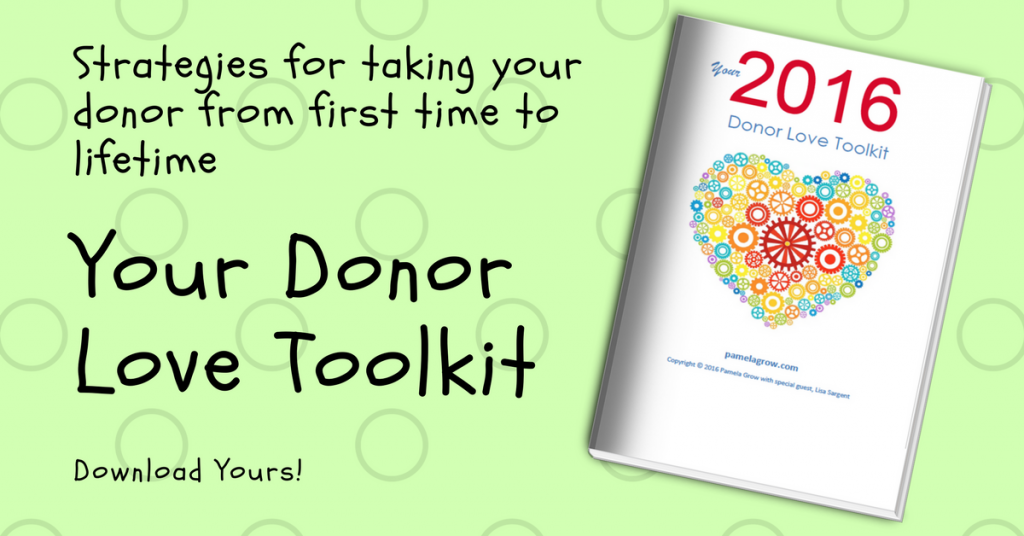When it comes to getting that second gift, not a lot of nonprofits have a process in place. Despite the fact that they really need one.
Luckily, some of the most respected in the field are giving it — what I’ve come to call “Second Gift Syndrome” — the attention it deserves, lending some much-needed insight on how nonprofits can target SGS where it lives and boost their retention rates.
In a recent Agitator post, Roger Craver notes that second gift plans are often disregarded in fundraising circles. He points to Bloomerang’s “Just How Important Is a Donor’s Second Gift,” where Jay Love notes that he has never served on a nonprofit board where any focus was placed on developing a strategy to help secure a second gift from a first-time donor.
And we’re talking over 30 years, folks. Yep. Jay has been on boards longer than my oldest has been alive, and he’s observed that second gift strategies are pretty much nil across the board.
Second Gift Syndrome isn’t just alive and kicking — it’s the number one factor that impacts donor retention!
You want to transition new donors out of their impulse phases. They may have given in memoriam. They may have given during or after an event that you hosted. They may have given for a friend who asked them to. They may have given through a crowdfunding campaign or a single social media post. There are lots of reasons why one gift remains one gift. It’s up to you to turn that first gift into a second gift.
“Once a donor donates the second time we have moved beyond impulse giving from special event purchases or memorial/tribute gifts,” explains Jay. “They are now truly supporting your mission by consciously choosing to provide funds.”
And so in the case of new donors, a transition from impulsive giving to conscious giving isn’t just totally possible, it’s kind of necessary. But what’s a fundraiser to do? It comes down and back around to communication. Read Jay’s article and see what a viable plan for securing that second gift should look like.
And then stop and think about SGS from a business owner’s perspective for a minute. Imagine if you opened a neighborhood pizzeria and the neighbors poured in, one after another, for ‘za…and none of them returned for a second pie! Where would business be in a year?
I think by now it’s been made crystal clear: one of the smartest things you can do as a fundraiser is to implement a new donor strategy. The super simple (but tried-and-true) one I suggest looks a little something like this:
- A new donor makes an online gift and receives an immediate phone call
- Follow the phone call up with a personal email
- Follow the email with a direct mail thank you letter within 48 hours
- 2-4 weeks later, follow up with a direct mail welcome kit (which may or may not contain an ask)
Whatever plan you incorporate, make sure it works for your resources. By now, you know that one-size-all approaches typically don’t fit, especially when it’s your organization’s goal to grow.
Want to learn more tips and tricks for combatting SGS? Download my Donor Love Toolkit here. You’ll gain additional insight on why a donor retention focus is efficient and cost-effective, and you’ll get to see how your colleagues are stewarding their donors, taking them to that critical second gift…and beyond!


















 I can’t wait to meet with you personally.
I can’t wait to meet with you personally.
Comments on this entry are closed.